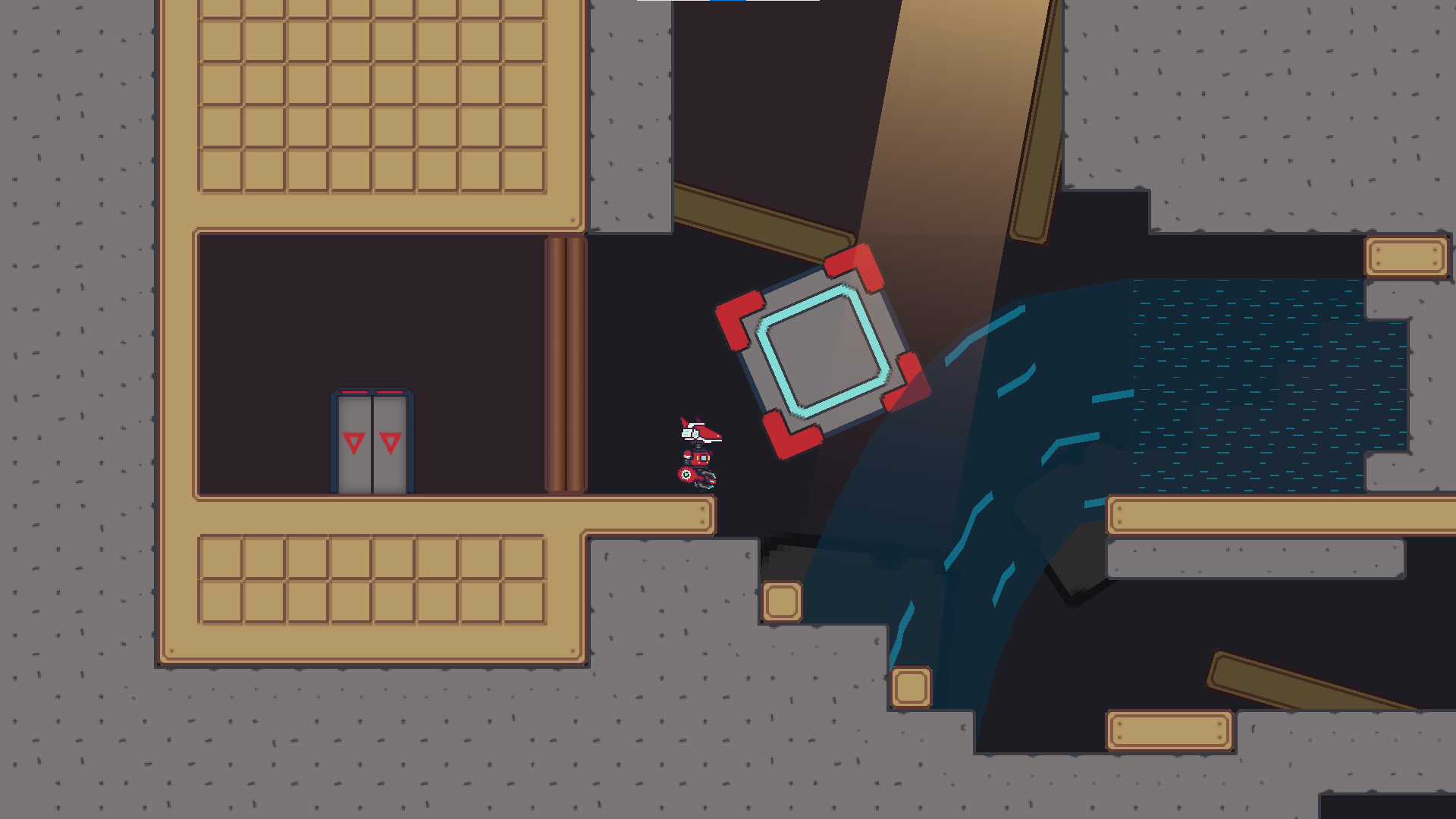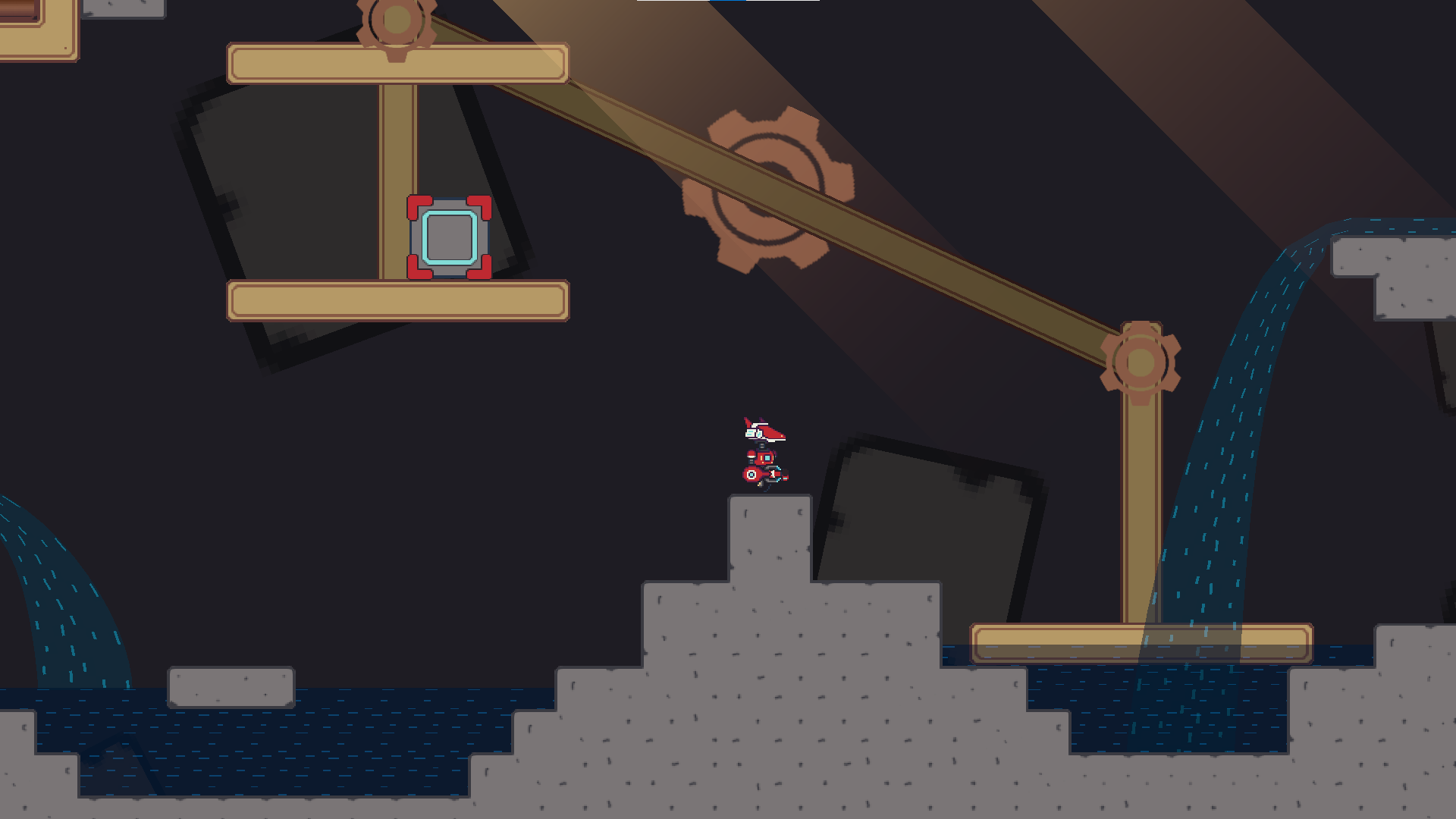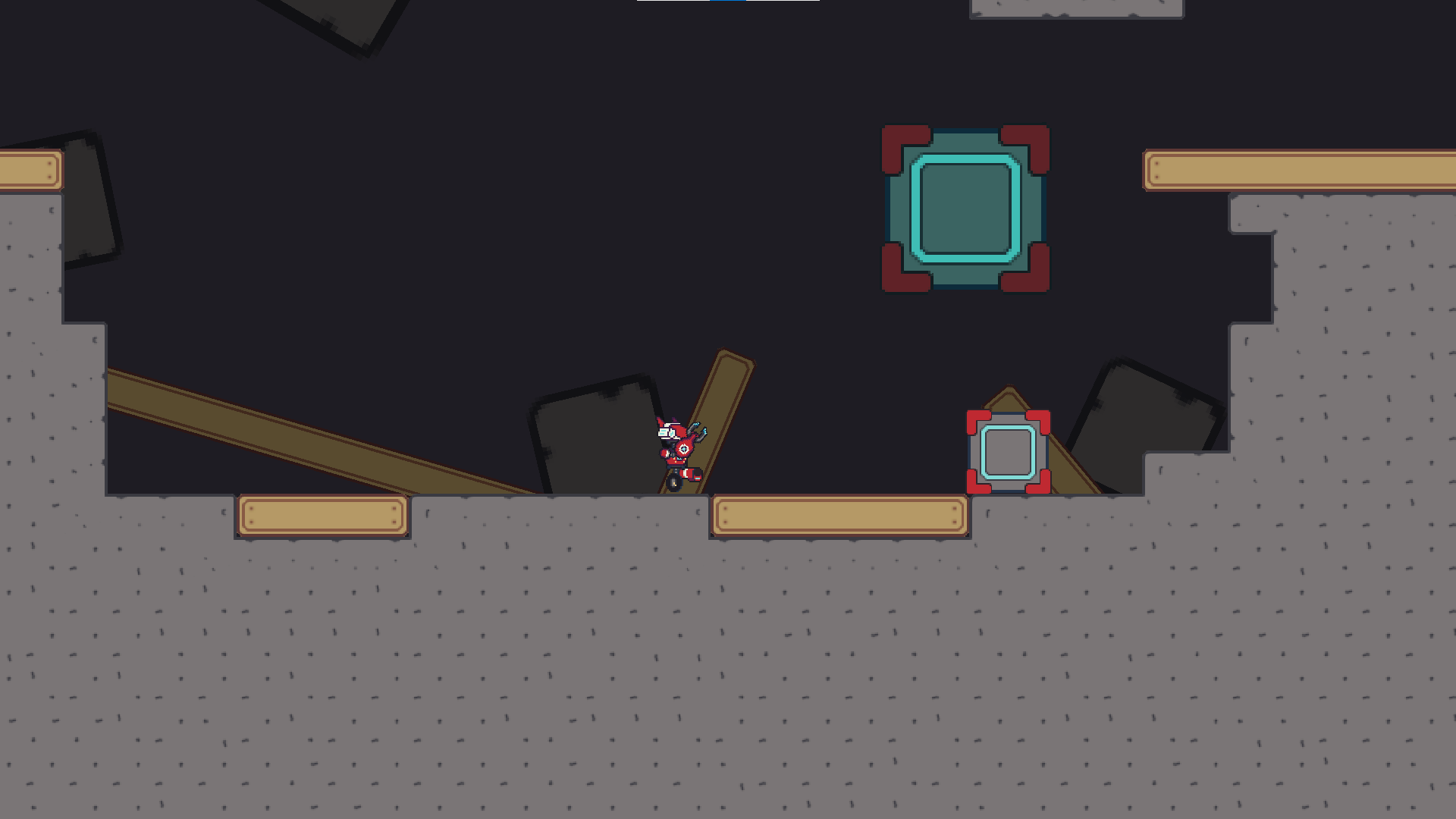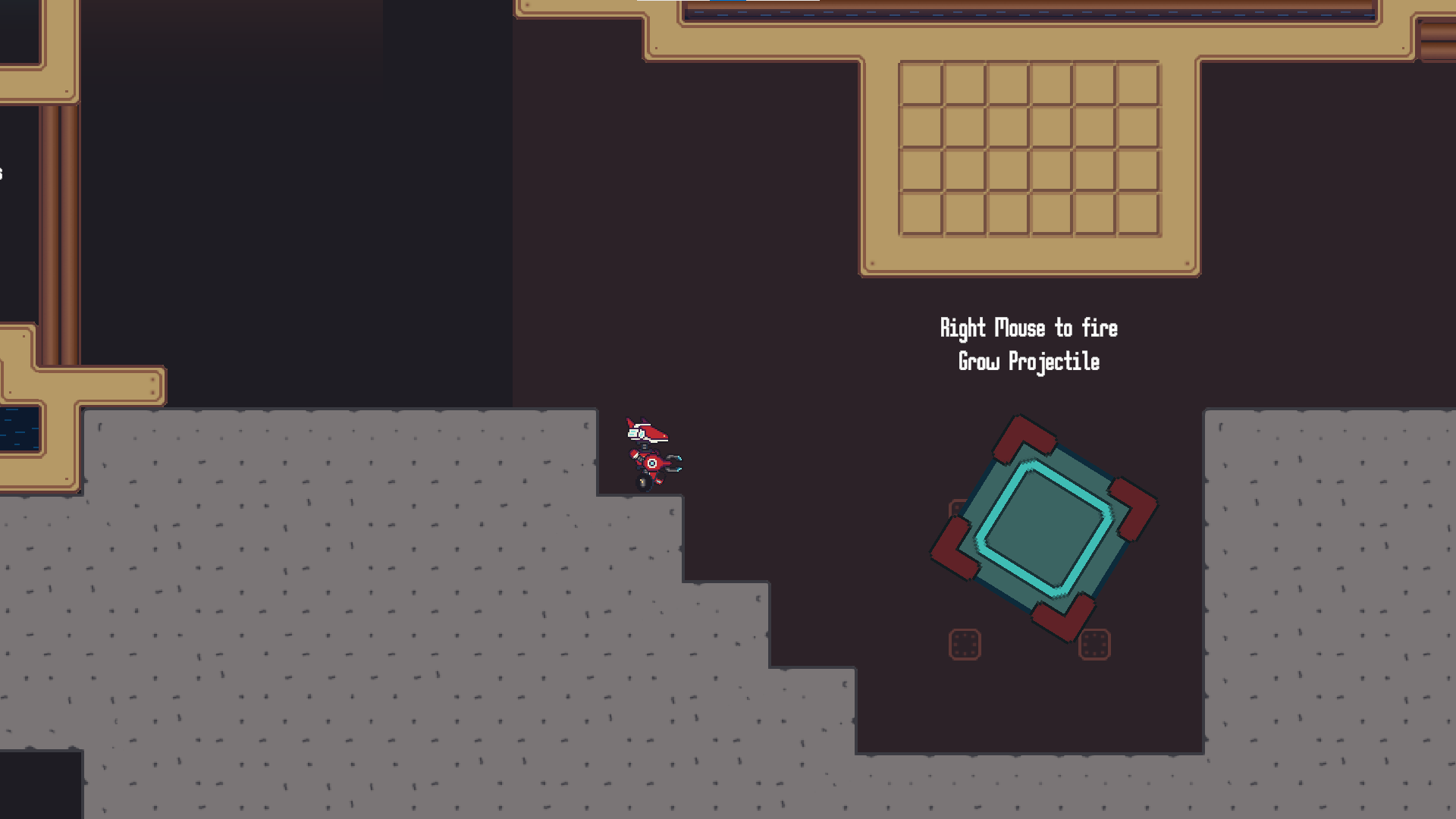Boxed To Scale
Manipulate cubes and solve puzzles in this short platformer.
Boxed to Scale is my very first attempt at making a puzzle game, taking inspiration from the puzzle design of games such as Portal, and creating a few levels to showcase the titular mechanic of “make box bigger or smaller”. Each level involves getting to the lift located in a hard-to-reach place, using your trusty Gravity Claw and Shrink Gun to manipulate the Weighted Cubes to your advantage! There are few levels, but I hope you enjoy puzzling your way through them and experimenting with the mechanics!
This game was made over the span of 4 days for the GMTK Game Jam 2024 with the theme “Built to Scale”, and my first ever solo jam submission. One of my goals for this jam was to create all the art and audio myself, and I’m glad to say that all the art and sound effects were indeed done by me. Maybe next time I’ll get to add music to that list as well.
Highlights
Technical Art: Water
I spent a particularly long time working on the water effect, because despite what I knew about Unity’s shader graph, a lack of time prevented me from properly experimenting with the look of the water, and getting it to flow in the direction of the Line2D spline renderer was also tricky. While it’s certainly not polished, I’m pretty happy with how I managed to put it together.
Gameplay: Physics Grab Mechanic
I’m also pretty happy with the slightly weighty but still responsive feel of dragging the boxes around, it was inspired by the way physics grabbing works in Valve titles such as Half-Life 2 and again, Portal, as well as its successor, Portal 2. Scaling the boxes bigger makes them heavier and hence they induce a slightly more noticeable weight to the drag than before, but not enough to hamper the player’s ability to manipulate them.
Level Design: Testing and Iteration
Thankfully, with the extra 2 days, I managed to make use of the extra time to playtest levels with some of my friends. This was especially important in the tutorial, where it was incredibly easy to create soft-lock scenarios due to the way players could shift boxes all over the screen and unfortunately launch them onto an inaccessible part of the level. While each level’s unique mechanics required rigorous testing of their own, I am pretty sure I spent most of the time testing and gathering feedback for each section of the tutorial itself.



